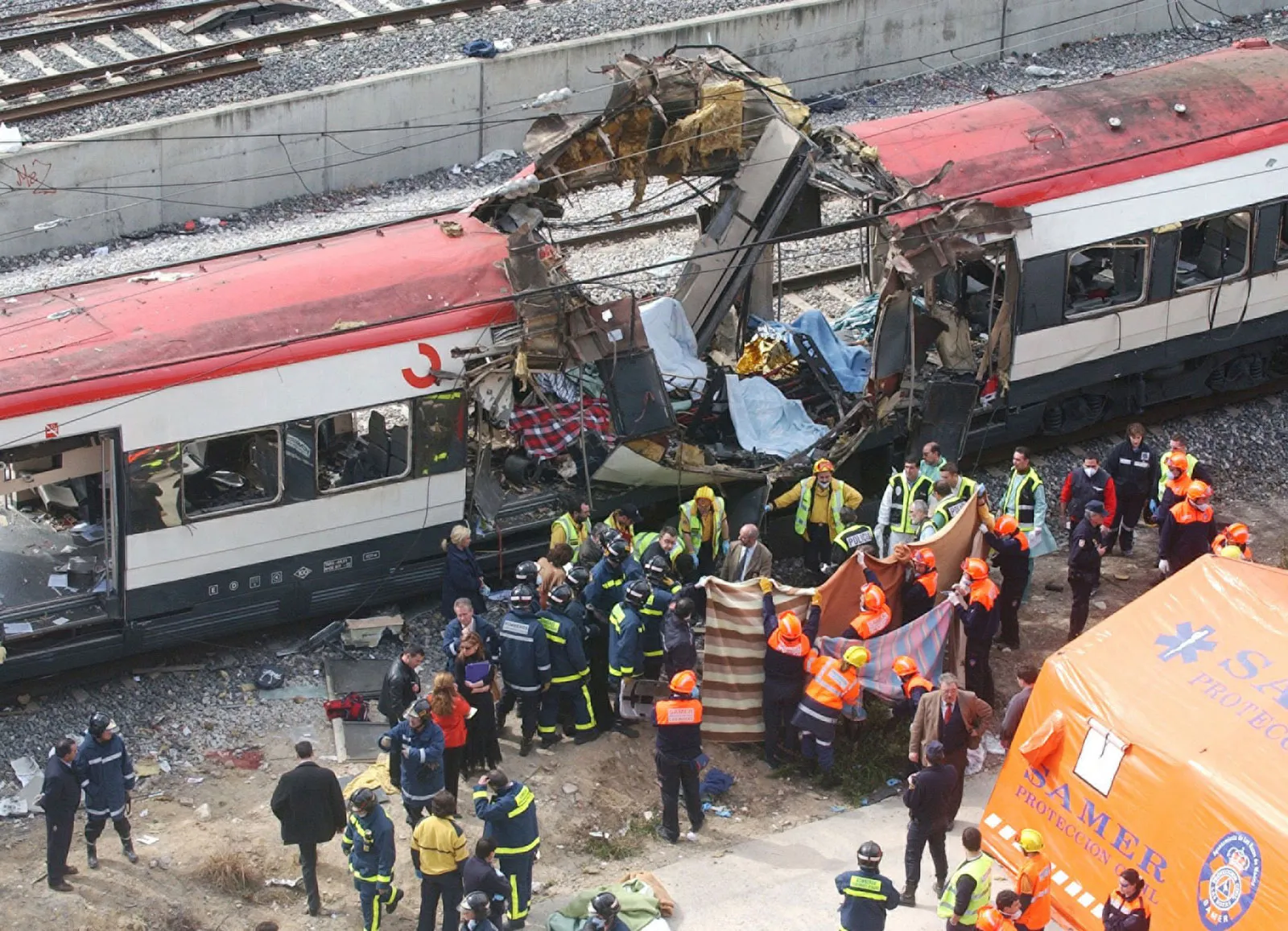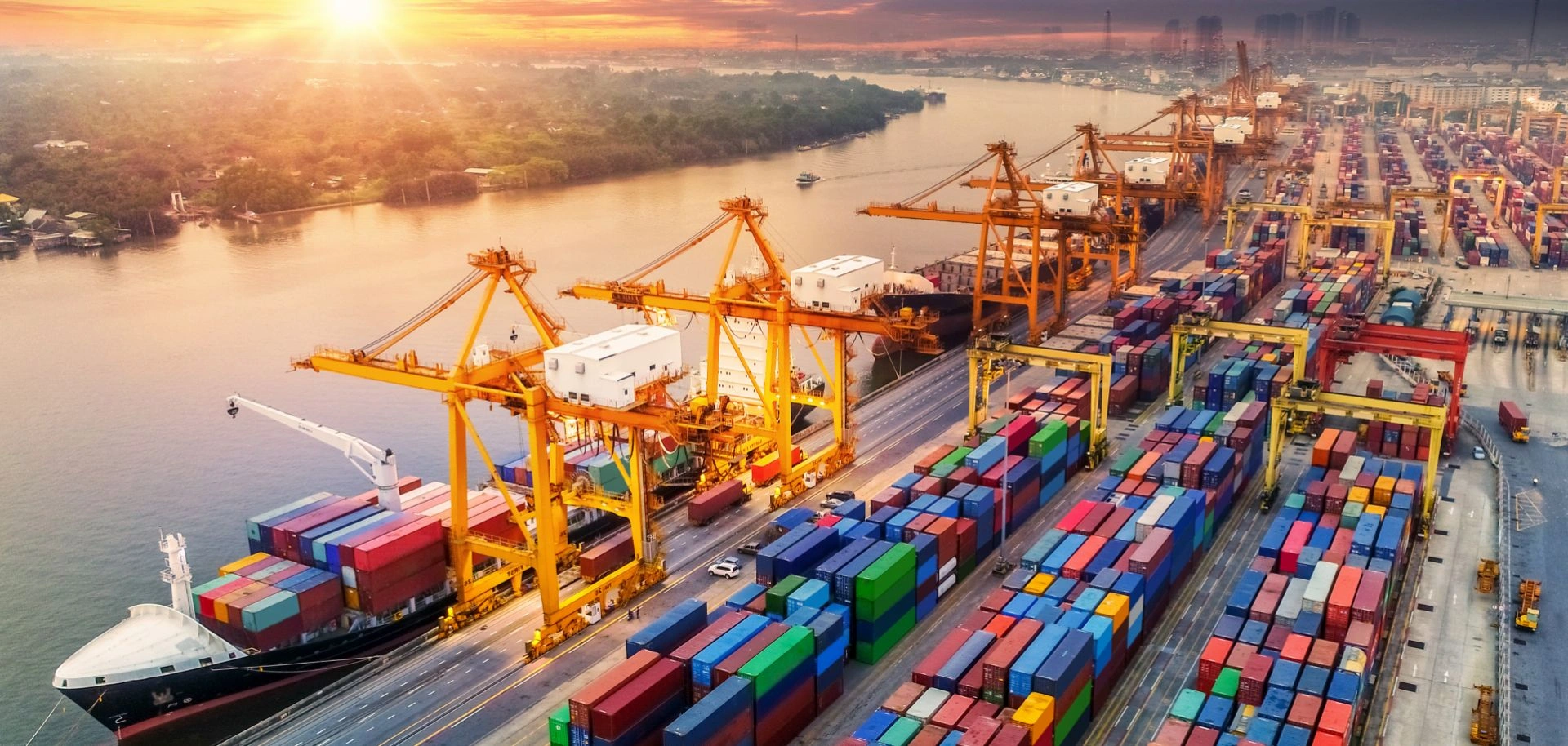In a rare and highly symbolic visit, Saudi Arabia’s Minister of Defense, Prince Khalid bin Salman, arrived in Tehran on Thursday, April 17, 2025, marking the most senior-level Saudi delegation to visit Iran since the two rivals resumed diplomatic relations in 2023.
The timing of the visit is significant. It comes just two days ahead of high-stakes nuclear talks in Rome between the United States and Iran—talks expected to revisit the deadlocked Joint Comprehensive Plan of Action (JCPOA) and broader regional security issues.
Prince Khalid was received by the Chief of Staff of Iran’s Armed Forces, Major General Mohammad Bagheri, signaling a calculated shift in Saudi-Iranian engagement from cautious diplomacy to direct security dialogue. According to the Saudi Press Agency (SPA), the visit aims to “discuss bilateral relations and regional developments of mutual concern.”
بتوجيه من القيادة -أيدها الله- وصل صاحب السمو الملكي الأمير خالد بن سلمان بن عبدالعزيز وزير الدفاع، والوفد المرافق له، اليوم، إلى العاصمة الإيرانية طهران في زيارةٍ رسمية.
— وزارة الدفاع (@modgovksa) April 17, 2025
وسيعقد سموه خلال الزيارة عددًا من اللقاءات لبحث العلاقات الثنائية بين البلدين، ومناقشة القضايا والموضوعات ذات… pic.twitter.com/yiiNUUqU3D
A Week of Diplomatic Activity
The Tehran trip follows a phone call earlier this week between Saudi Foreign Minister Prince Faisal bin Farhan and his Iranian counterpart, Abbas Araghchi. The two reportedly exchanged views on regional dynamics and joint strategies to address emerging challenges, especially in light of escalating instability in Gaza and heightened tensions across the Red Sea.
In a parallel development, Foreign Minister Araghchi departed for Moscow on Wednesday to deliver a personal letter from Supreme Leader Ayatollah Ali Khamenei to Russian President Vladimir Putin. Iranian state media reports that the message includes Tehran’s strategic vision for upcoming regional realignments and the future of the nuclear file.
Also See: Saudi-Iran Thaw: Shifting Middle East Dynamics
Saudi Defense Minister Lands in Tehran: A Recalibrated Region?
Prince Khalid bin Salman’s visit comes at a critical juncture in West Asian geopolitics. The Saudi-Iran détente, brokered by China in 2023, laid the groundwork for renewed diplomatic ties after years of proxy conflicts from Yemen to Lebanon. However, the security and military dimensions of that rapprochement remained largely unexplored—until now.
What to Expect from the Rome Talks
The Rome summit, expected to commence on Saturday, is being framed as a last-ditch attempt by European and American negotiators to halt Iran’s accelerating nuclear program, which has enriched uranium beyond 60% purity—far above JCPOA limits. While Tehran demands unconditional sanctions relief, Washington remains cautious, pushing for limits on missile development and regional militias.
The optics of simultaneous Saudi-Iran engagement while Iran communicates directly with Russia suggest a three-pronged diplomatic strategy by Tehran to bolster its hand at the negotiating table. For Riyadh, these parallel tracks offer an opportunity to realign its own security calculus, potentially moving from confrontation to coordination with its long-time rival.
The Bigger Picture
As diplomacy intensifies across multiple fronts—from Tehran to Moscow, and Rome to Riyadh—the broader message is clear: the Gulf region is moving toward a new diplomatic architecture, one where regional powers are asserting agency beyond the old frameworks of U.S.-led containment.
Whether this marks the beginning of durable security cooperation or simply another calculated détente remains to be seen. But one thing is certain—Tehran is no longer the pariah it once was, and Riyadh is no longer content to watch from the sidelines.
Disclaimer: This is a developing story. Details are subject to change as more information becomes available. South Asia Times will continue to monitor updates from official sources and provide timely coverage.

![Two days before crucial Iran-US nuclear negotiations in Rome, Saudi Defense Minister Prince Khalid bin Salman makes a high-level visit to Tehran. [Image via AFP].](https://southasiatimes.org/wp-content/uploads/2025/04/4593031-145666727.webp)




